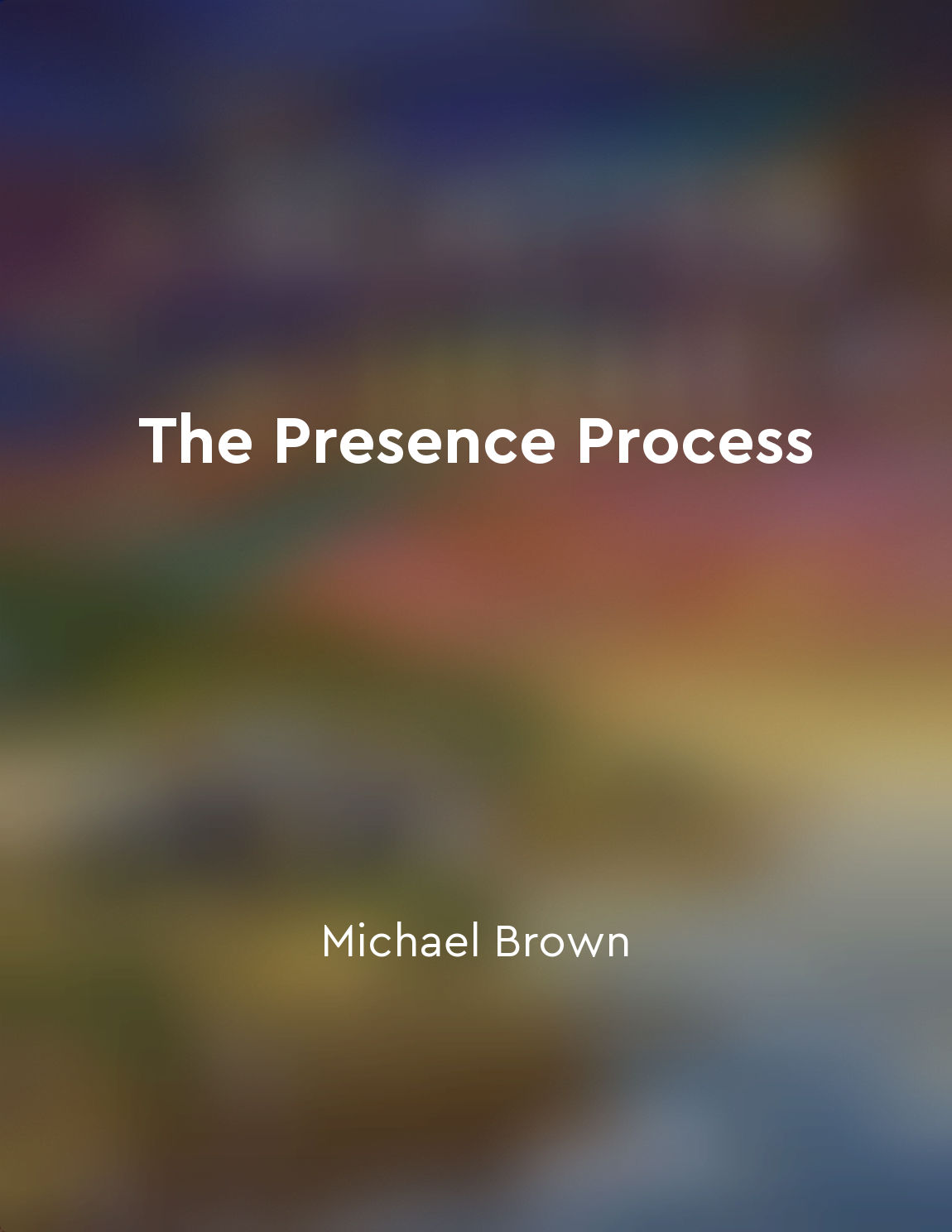Movement can be a powerful tool for processing trauma from "summary" of The Body Keeps the Score by Bessel van der Kolk, M.D.
The idea that movement can be a potent tool for processing trauma is a central theme in the exploration of healing from psychological wounds. This concept challenges conventional approaches to therapy that rely solely on talk therapy. Movement therapy can offer a more holistic way of addressing trauma by engaging the body in the healing process. The body and mind are interconnected, and trauma is stored not only in the brain but also in the body. Movement allows individuals to access and release trauma that is often trapped in the body, leading to a more complete and effective healing process. Through movement, individuals can reconnect with their bodies, regain a sense of control, and release the physical tension that is often associated with trauma. Physical activities such as yoga, dance, or even simple exercises can help individuals regulate their emotions, reduce anxiety, and build resilience. These activities enable individuals to express their feelings non-verbally, which can be especially beneficial for those who struggle to articulate their experiences through words alone. Movement therapy can also help individuals develop a greater sense of self-awareness and self-compassion, which are crucial components of healing from trauma. Moreover, movement can be a powerful tool for reestablishing a sense of safety and trust in the body. Trauma often leads to a disconnection from the body, as individuals may experience physical sensations as threats. Engaging in movement can help individuals learn to trust their bodies again, recognize bodily sensations as neutral or even pleasurable, and rebuild a positive relationship with their physical selves.- The concept that movement can be a powerful tool for processing trauma highlights the importance of incorporating the body into the healing process. By engaging in physical activities, individuals can access and release trauma stored in the body, regulate their emotions, and rebuild a positive relationship with themselves. This holistic approach to healing offers a unique and effective way of addressing trauma that complements traditional talk therapy methods.
Similar Posts
Seek guidance from mentors and teachers on your path to selfdiscovery
One important aspect of embarking on a journey of self-discovery is the guidance we receive from mentors and teachers along the...
Surrender to the present moment
The key to experiencing true freedom and inner peace lies in fully accepting and embracing the present moment. When we surrende...
Navigating relationships and friendships while dealing with mental illness
Navigating relationships and friendships while dealing with mental illness can be a complex and challenging task. It requires a...

Begin with a commitment to selfawareness
Starting this process requires an unwavering dedication to understanding oneself. This commitment to self-awareness serves as t...
Practice forgiveness and gratitude
Forgiveness and gratitude are like healing balms for the wounds we carry within us. When we practice forgiveness, we release ou...
Authenticity and emotional expression are keys to health
In our culture, the suppression of emotions is a common occurrence. Many people have learned from an early age to hide their tr...
Trauma affects the body on a cellular level
When we experience trauma, it doesn't just impact our minds or emotions. It goes deeper than that, affecting us on a cellular l...
Emotions are directly linked to bodily sensations
Our bodies are the vessels through which we experience the world around us. Every sensation, every emotion, every experience is...

